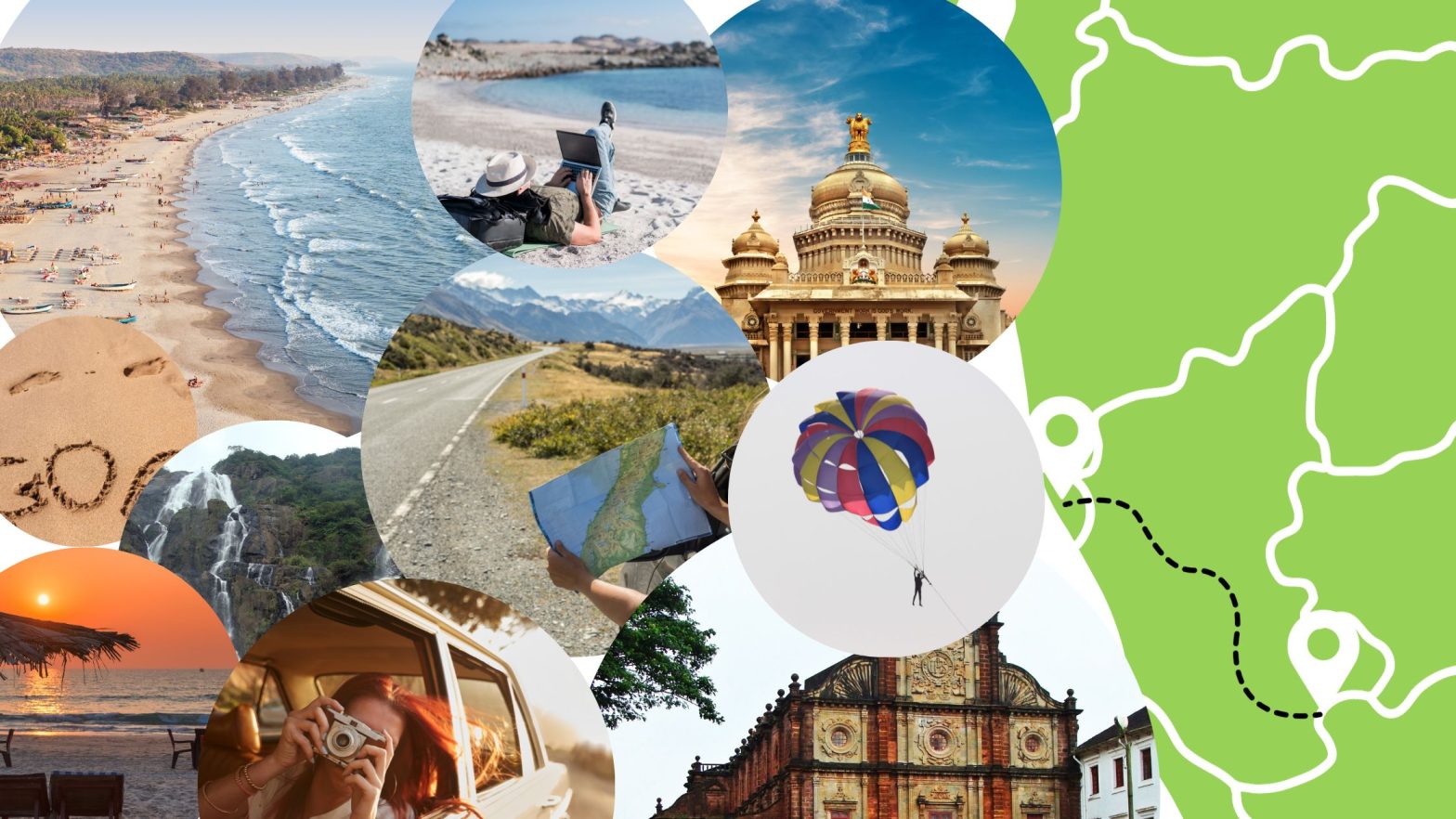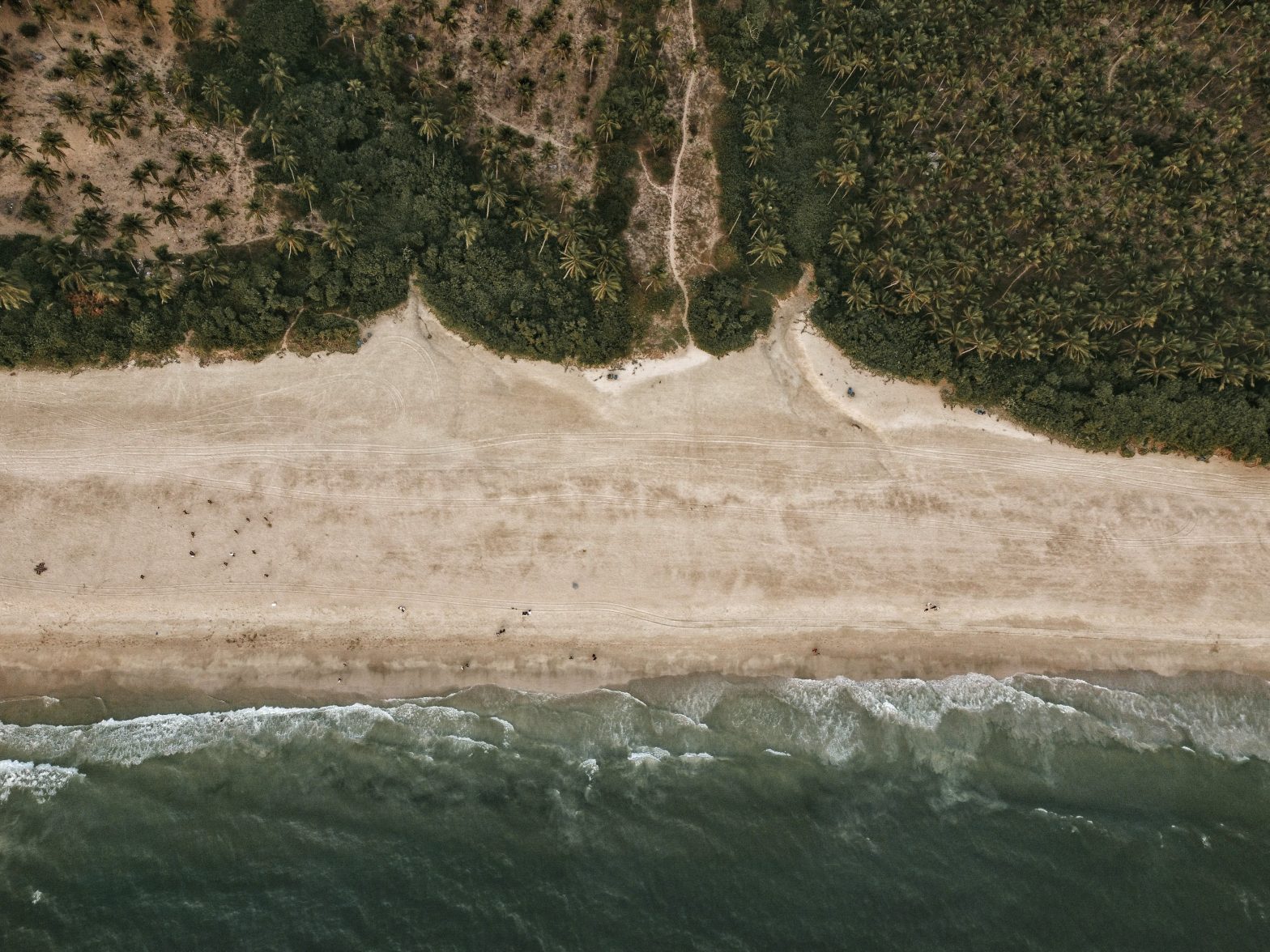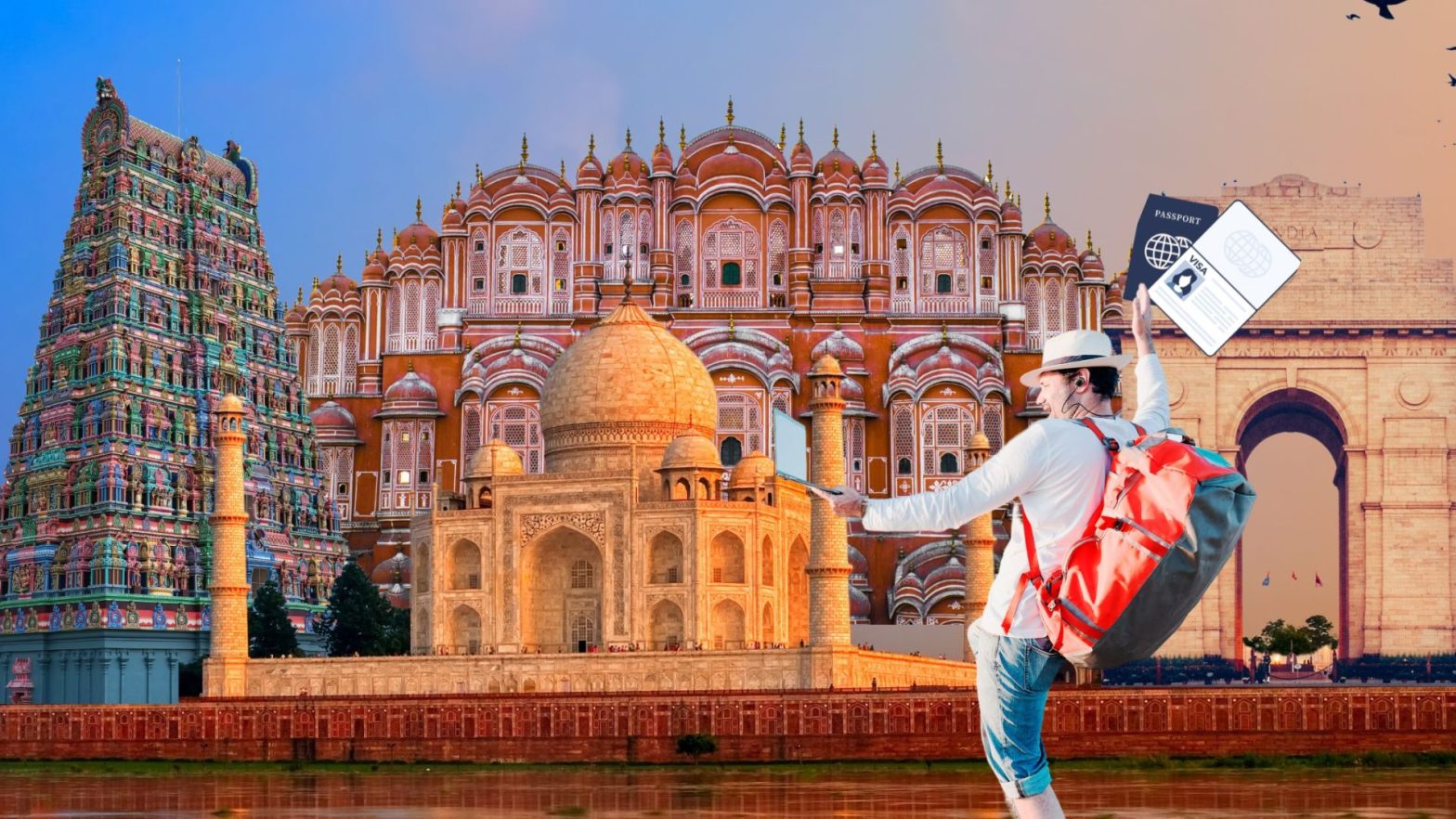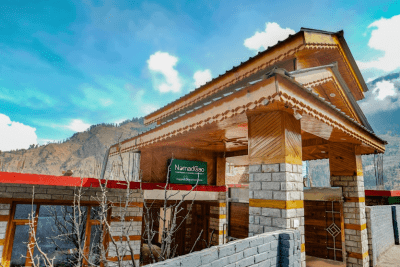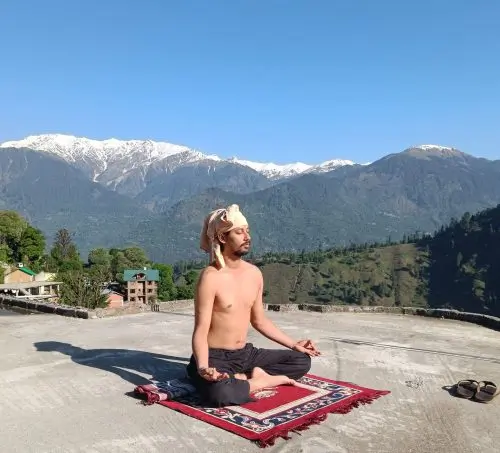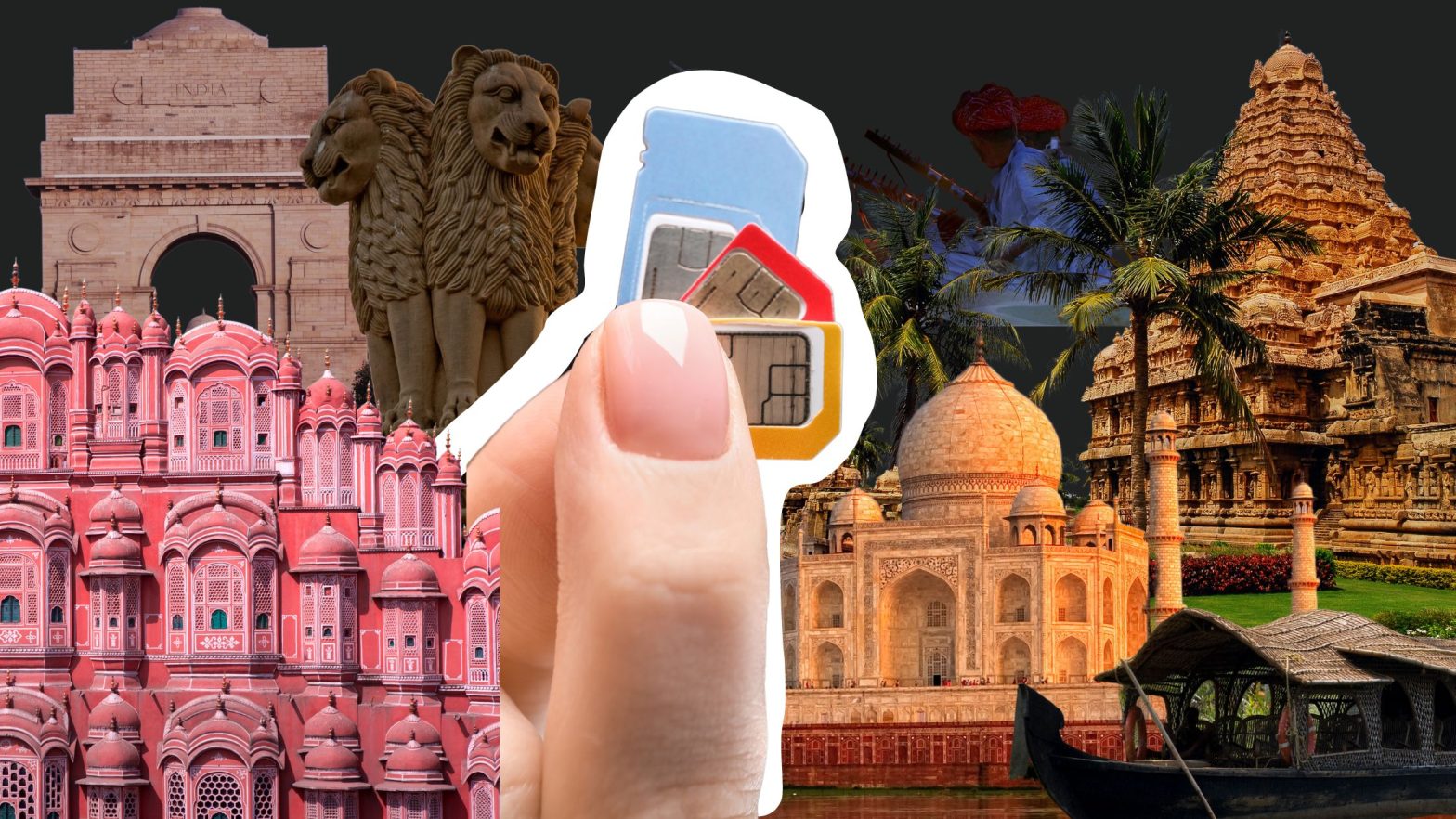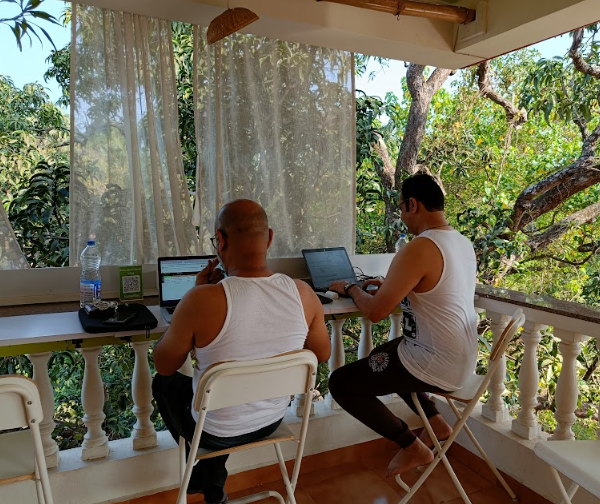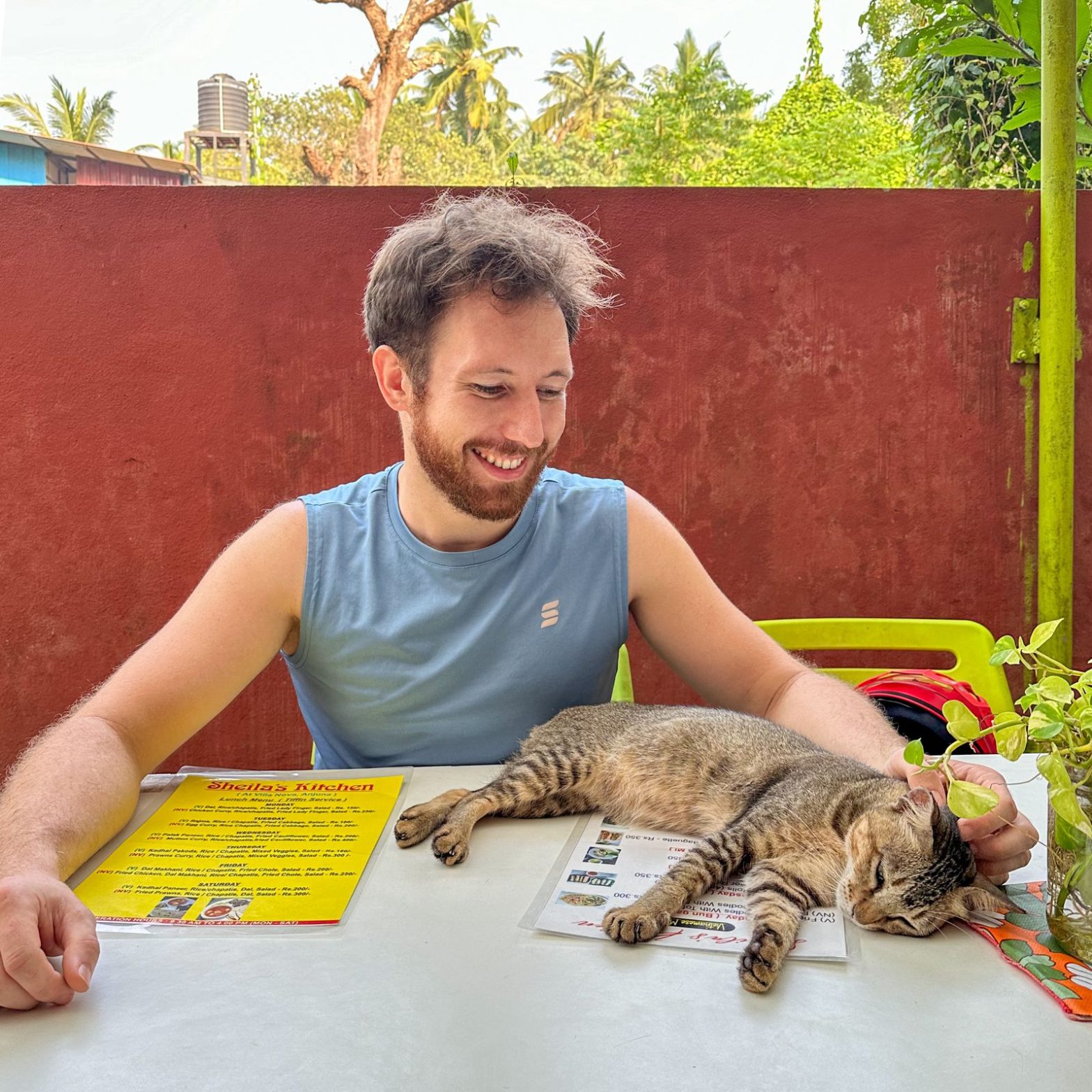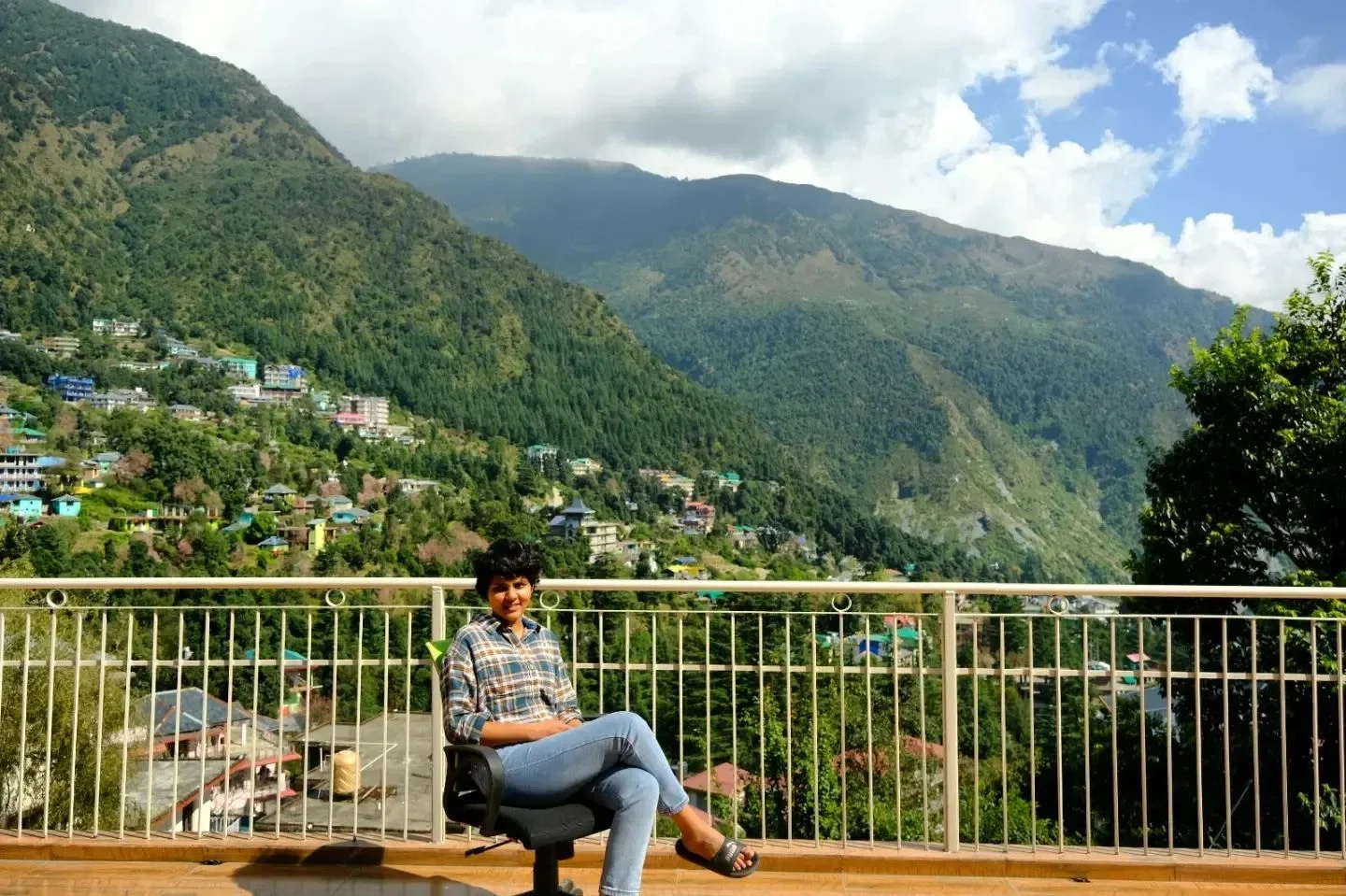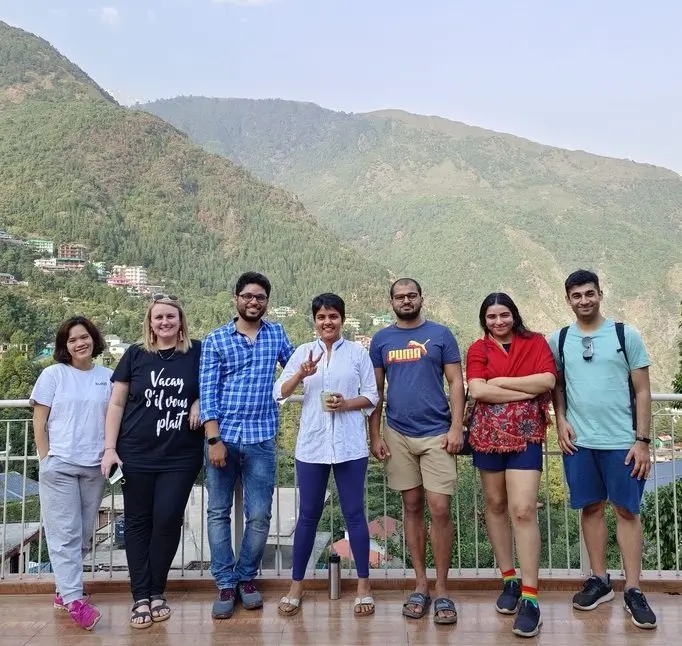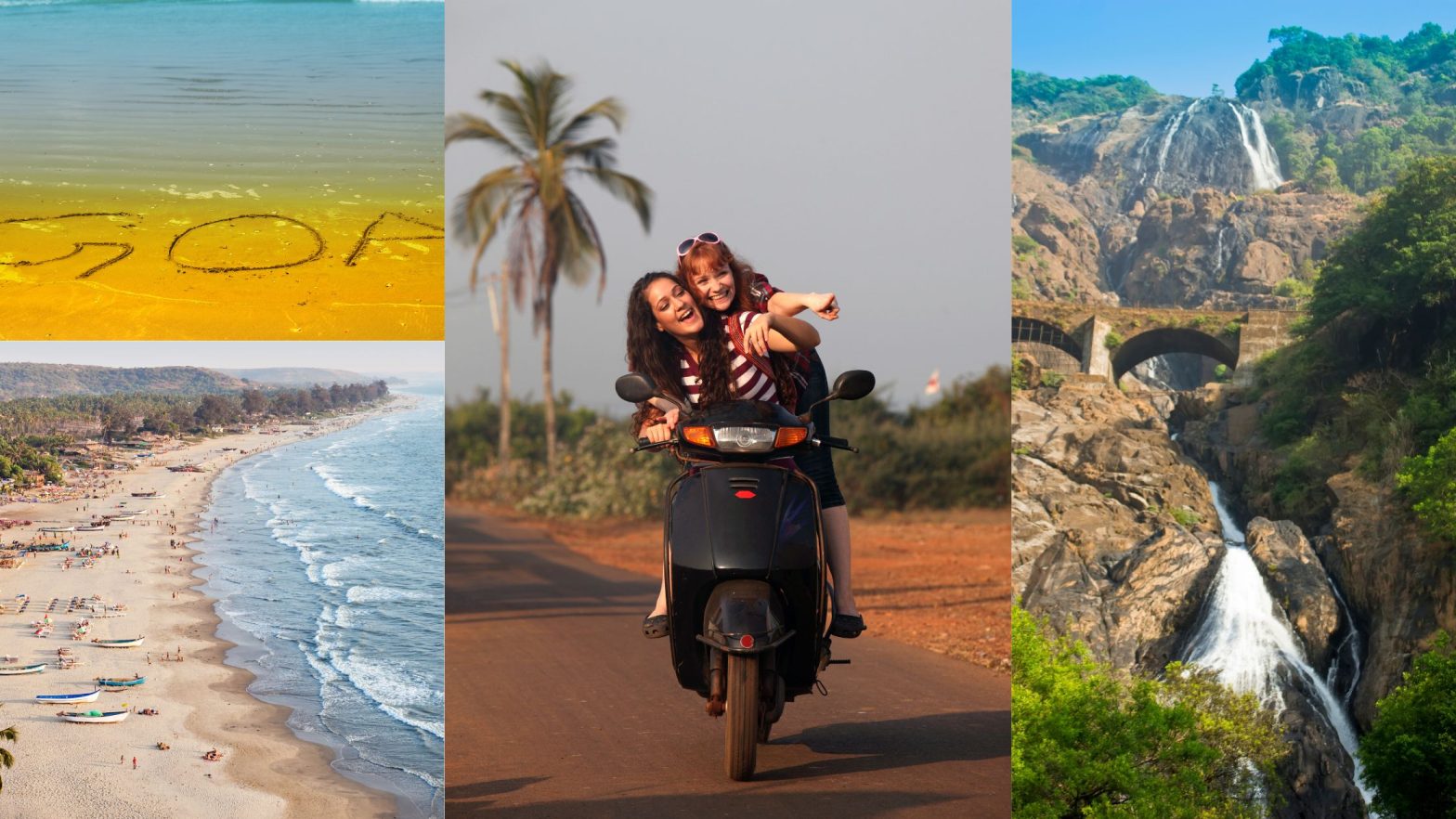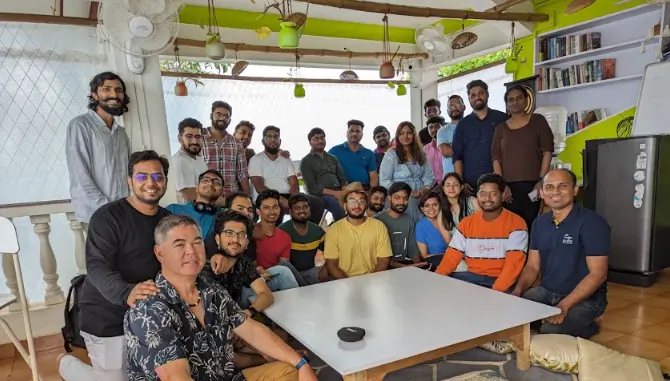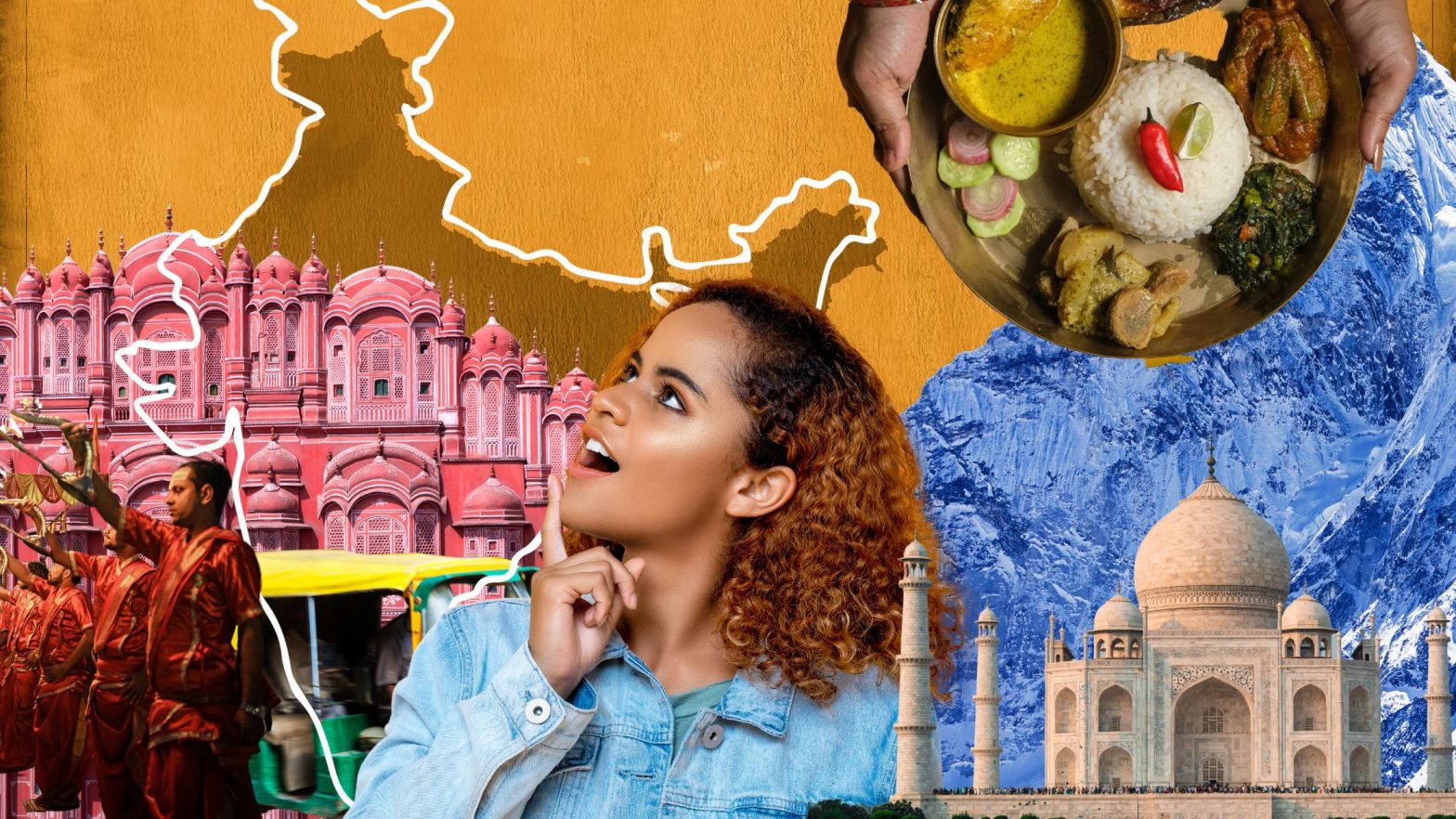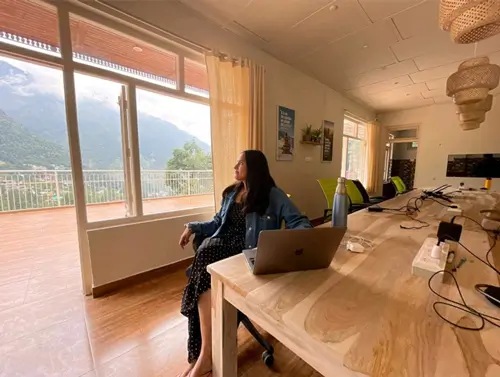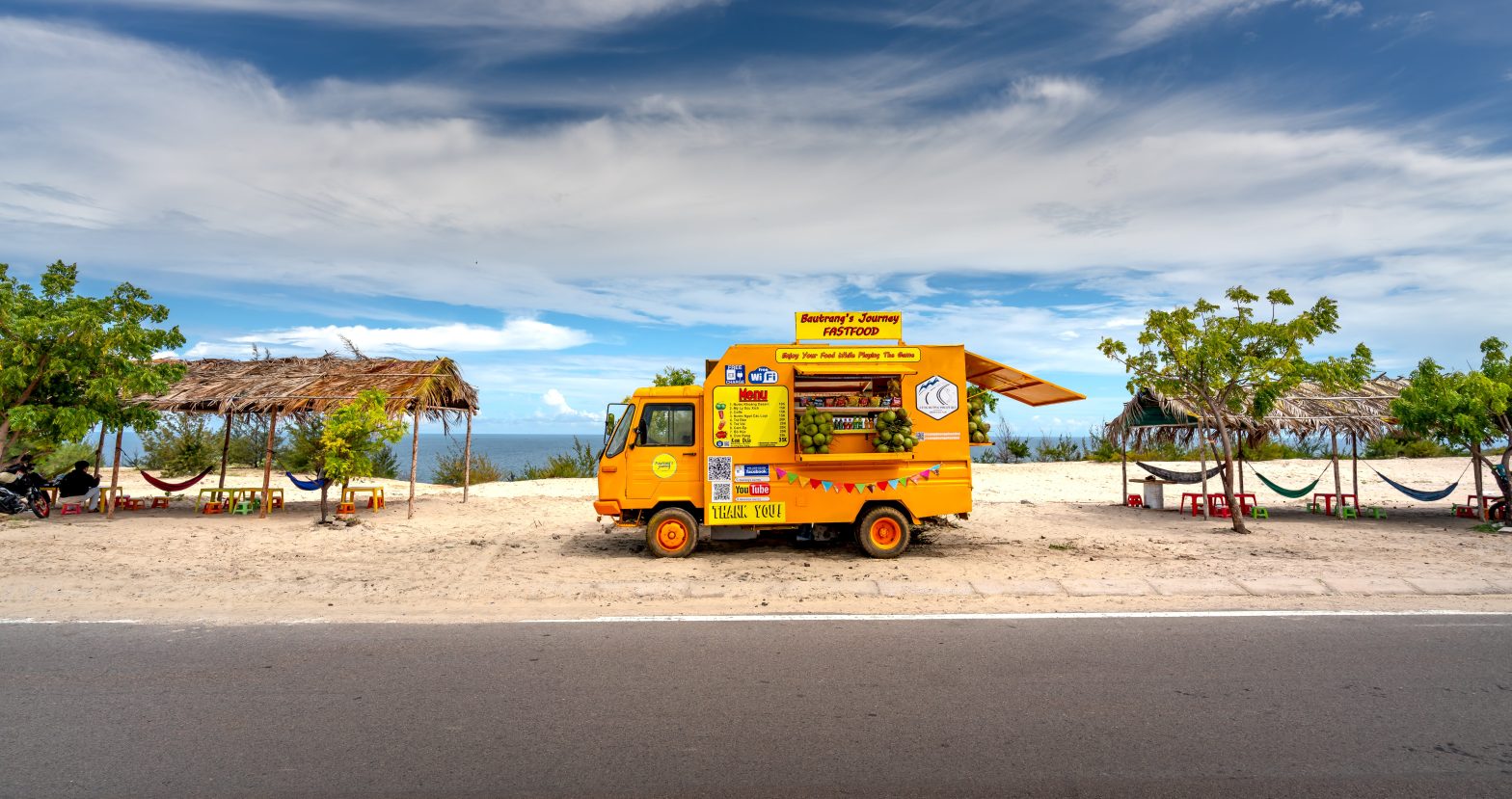Today’s travel trends have frequent travellers asking a common question “Is Vietnam cheaper than Goa?”. Well, turns out you can’t really compare Vietnam and Goa because well, Vietnam is a country and Goa, is a small state in India. The chances are that the person researching this might end up breaking their head trying to figure out parametrics for comparison. To make things easier, NomadGao decided to compare Da Nang, Vietnam vs Goa, India – Vietnam’s biggest digital nomad hotspot vs India’s biggest digital nomad hotspot for you.
In this blog, you’ll get a glimpse of why these are must-visit destinations for digital nomads and which one you should pick based on your preference. Chances are, you might want to visit both!
Table of Contents
Cost of living: Da Nang, Vietnam vs Goa, India
Well, the news is that travelling to Vietnam is cheaper than travelling to Goa. But that’s about travel, right? As a digital nomad, you’re looking to live in a place that is budget-friendly all around. It made sense to compare living costs in Da Nang, Vietnam and Goa, India instead of comparing expenses of vacations shorter than 2 weeks. Here’s what we found:

We used data from this Da Nang Guide and this Goa Guide and turns out that in the long run, both Da Nang, Vietnam and Goa, India cost more or less the same. If you are looking for affordable digital nomad destinations in Asia, they’re both great options and equally pocket-friendly. You can easily live here in about 500-800 USD considering you’d want to spend on fitness, events and other experiences. That said, budgeting and planning your expenses can improve the experience of your stay in these popular digital nomad destinations.
Eating out in Da Nang and Goa

It turns out that both Da Nang, Vietnam and Goa, India are known for their mouthwatering street food! While you can gorge on Nam cake, grilled snails, pork skewers, juicy Bahn Mi and more in Da Nang, Goa offers mouth-watering spiced delicacies such as the Ros Omelette, Cutlet Bread, Samosas with all kinds of stuffing and more. Da Nang’s street food has limited vegetarian options except for the 1st and 15th days of the Lunar month. However, you can find some amazing vegetarian and vegan-friendly restaurants in Da Nang.
Goa, on the other hand, offers a few vegetarian street food options such as samosas, pattice, vada pav, pao bhaji and more. You can also grab a cheap Goan breakfast that usually includes pao (bread) and different kinds of potato, mushroom or lentil preparations. Moreover, when in Goa, you’ll come across a bunch of vegan-friendly cafes that whip up delectable smoothie bowls, hummus-pita platters and even dosas (Indian flatbread made of fermented rice batter).
So, on the face of it, while street food in both Da Nang, Vietnam and Goa, India cost the same and are primarily meat or seafood-based, the latter offers more variety in vegetarian and vegan options.
Fun fact: Did you know that seafood is a speciality in both Goa and Da Nang, but in the latter, it’s kept alive until you order it for consumption i.e. you get the freshest catch of the day!
Things to do in these Asian digital nomad destinations
Whether you love hiking or relaxing on the beach, spending a day out on a cruise or bar hopping late into the night, Goa has it all. When you are a digital nomad in Goa, you can go on heritage walking tours, bicycle through quiet villages, go bar hopping in local tavernas, explore museums and architecture, go on waterfall treks, find natural pools to take a dip in, spend days at quiet beaches, go birdwatching and do a bunch of other fun and unique things. Goa has a vibrant nightlife and is home to some fun adventure sports like bungee jumping, kayaking, surfing, diving and more. All-in-all, there is something for everyone in Goa.
If you are in Da Nang, Vietnam, you can go on food walks, snorkel, trek, explore its architecture, visit museums, take a cruise on the Han River or ride a motorcycle through the Hai Van Pass! Da Nang’s hilly landscapes and French colonial architecture are its highlights apart from its mouthwatering food and its amazing nightlife! You can also experiment with walking tours in Da Nang to know the city better.
To summarise both Da Nang, Vietnam and Goa, India offer some fun experiences for digital nomads. However, Da Nang’s beaches are relatively more crowded as compared to the ones in Goa and you might find a lot more things to do in Goa as opposed to Da Nang.
Which destination is more digital nomad-friendly?
Goa is a growing digital nomad destination in India. North Goa is relatively more accessible when it comes to finding coworking spaces and work-friendly stays or coliving spaces in India. Goa does not have any cab apps and its public transport isn’t fully reliable but renting a scooter in Goa is an economical solution. You can easily rent a scooter for about INR 10,000/month ($100) and you should be good to get around. You will need to get an international license and wear your helmet at all times. Goa isn’t very crowded so getting around is easy except for 2-3 towns where you might face some traffic congestion.
Da Nang, Vietnam is a popular digital nomad destination in Asia. It is well-equipped with coworking spaces, hostels and coliving spaces. It’s easy to book cabs using locally available apps. That said, Da Nang has relatively more traffic congestion mostly made up of two-wheelers. This makes it more difficult to get around. That said, cabs and public transport make it easy to travel within Da Nang.
Both Goa and Da Nang are digital nomad-friendly and while each lack something, they make up for it with alternative solutions. Overall, you shouldn’t have any problem travelling and working in Da Nang or Goa.
Climate and weather: Da Nang, Vietnam vs Goa, India
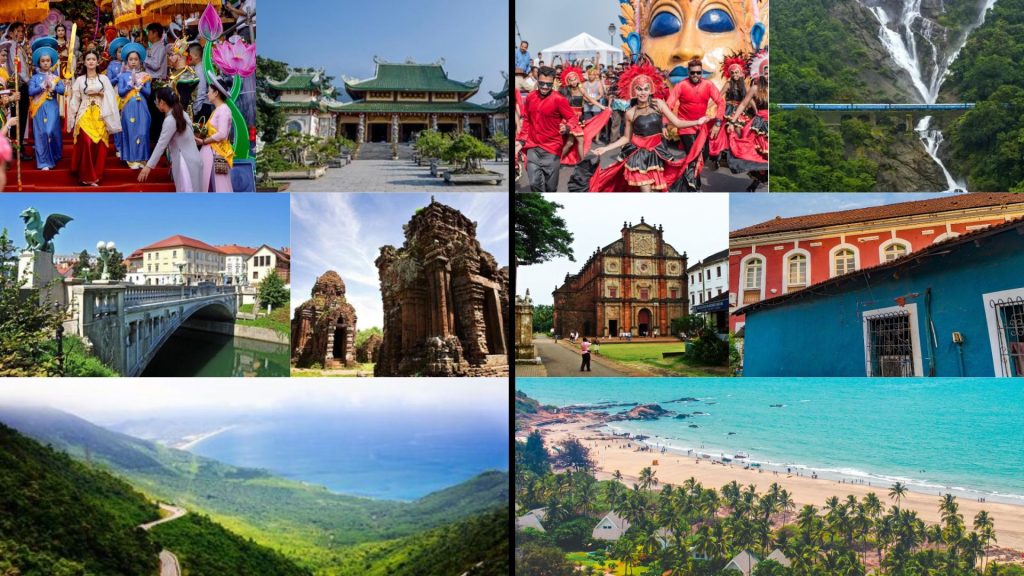
Both Da Nang, Vietnam and Goa, India boast of a tropical and humid climate.
You can experience 3 seasons in Goa: Summer (March to May), Monsoon (June to October) and Winter (November to February). Wintertime is Goa’s tourist season when the weather isn’t too hot and temperatures range from 20 to 30 degrees Celsius. Visit around this time if you don’t mind the crowd and would like to witness Goa’s Christmas, Diwali and New Year celebrations. However, slow travellers and digital nomads also love Goa’s monsoon season. This is when temperatures tend to drop below 20 degrees Celcius due to the continuous rainfall. While the rain makes it difficult to get around, the sacrifice is worth the green landscapes and quiet streets. It’s the perfect time to go on waterfall treks and enjoy hot cups of chai!
Da Nang, Vietnam has 2 seasons: the dry season (January to July) and the wet season (August to December).
The average annual temperature in Da Nang is about 25°C. The highest temperature is around 28 – 30°C in June, July and August, while the lowest temperature varies from 18 – 23°C in December, January and February.
Da Nang Vietnam weather is described as hot, and humid with much rainfall during a certain period of the year. The average level of air humidity is approximately 83.4% annually. The rainfall level is highest from September to December.
Here, both Da Nang and Goa have similar climates and weather and you’d be having almost the same experiences regardless of where you go.
Da Nang, Vietnam or Goa, India: Which is the better Asian digital nomad destination?
The current news articles around Vietnam being better than Goa seem to put the latter in a bad light. While Goa does have some high-end experiences, it is in no way more expensive than Da Nang – Vietnam’s popular digital nomad destination. For Indian digital nomads and slow travellers, travelling to Goa can be cheaper and more sustainable since you can pick trains or buses over flying and reduce your expenses and carbon footprint. For international digital nomads in Asia, both destinations offer some unique experiences that cannot be compared. You cannot pick between Vietnam’s French-influenced charm, unique street food and some interesting festivals and Goa’s slow life, abundant natural landscapes, Portuguese-influenced architecture and food, and a vibrant community.
So the next time you’re confused about whether you should go to Vietnam or Goa as a digital nomad, pick the one that fits into your interests and budget while helping you cut down on your carbon footprint as well.








